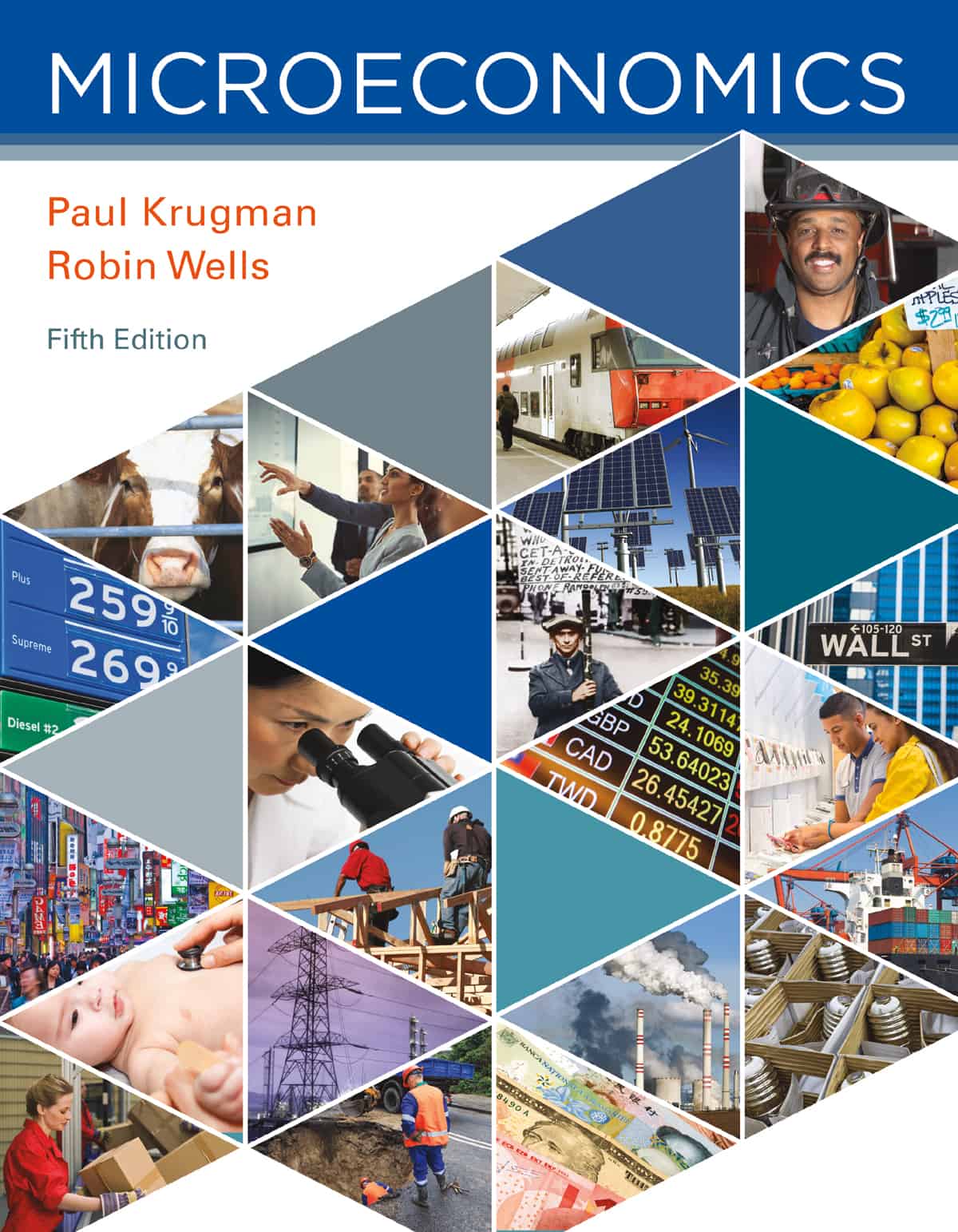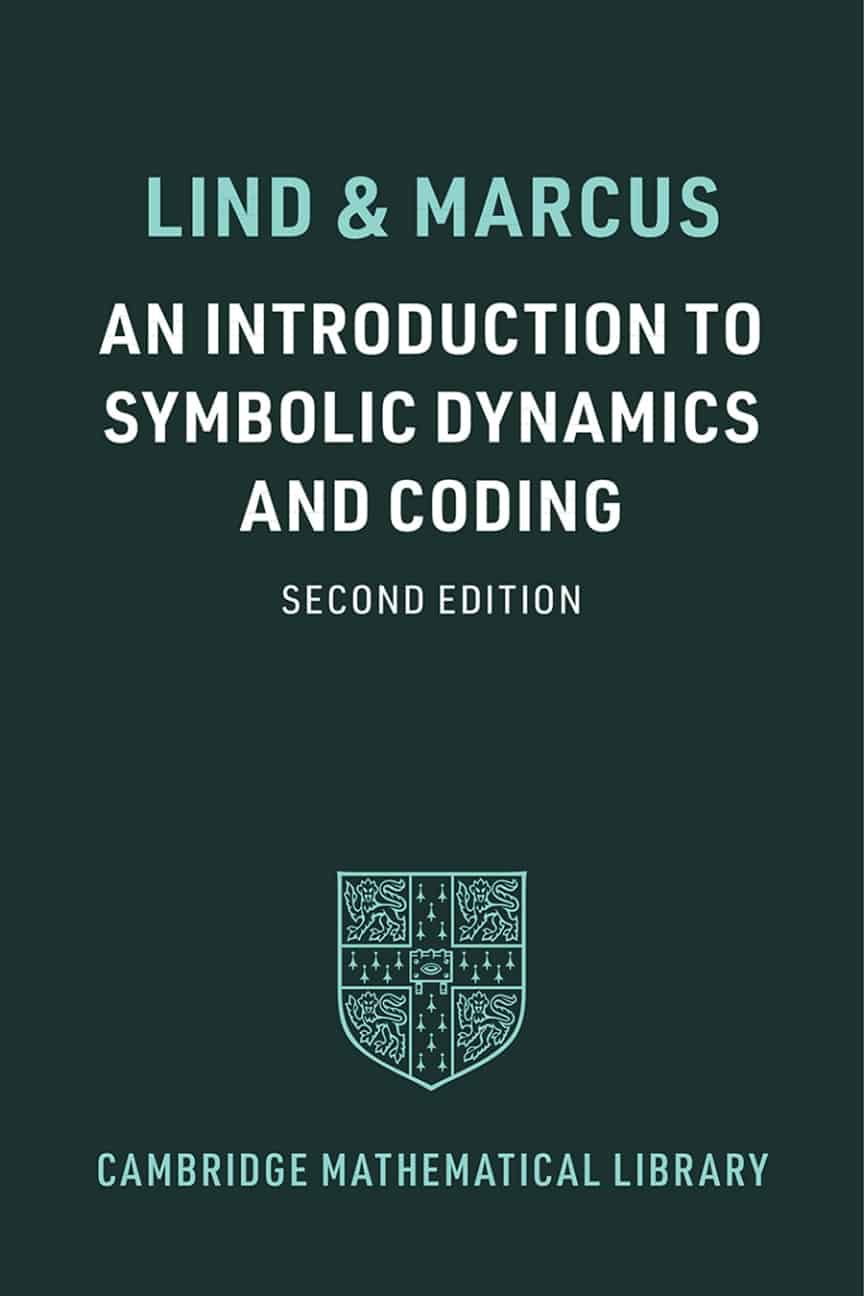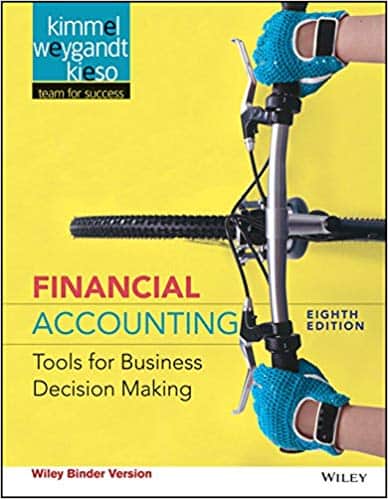Category: Non Fiction
When it comes to explaining basic economic principles by drawing on current economic issues and events, there is no one more helpful than New York Times columnist and Nobel laureate Paul Krugman and co-author, Robin Wells. In this best-selling introductory textbook, Microeconomics, 5th Edition, (PDF), Krugman and Wells’ signature storytelling
Engineering Dynamics 2.0 (PDF) offers a new approach to learning the dynamics of particles and rigid bodies at an intermediate to advanced level. There are three prominent features of this approach. First, the primary focus is to obtain the equations of motion of dynamical systems and to solve them numerically.
Symbolic dynamics is a mature yet quickly developing area of dynamical systems. It has established strong connections with several areas, including graph theory, probability, linear algebra, group theory, and the theory of computation, in addition to data storage, statistical mechanics, and $C^*$-algebras. An Introduction to Symbolic Dynamics and Coding, 2nd
From its very origin, Introductory Chemistry: An Atoms First Approach (PDF) by Julia Burdge and Michelle Driessen has been written and developed using an atoms‐first approach specific to introductory chemistry. It is not a pared-down version of a general chemistry textbook but carefully crafted with the introductory‐chemistry student in mind.
Starting with the big picture of financial statements first, Paul Kimmel’s Financial Accounting: Tools for Business Decision Making 8th Edition (PDF), shows college students why financial accounting is important to their business majors, everyday lives, and future careers. This best-selling financial accounting program is known for an accounting student-friendly writing





